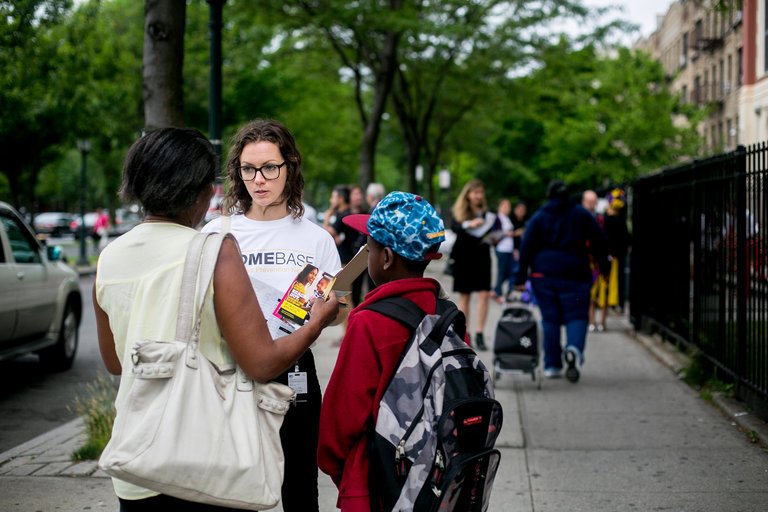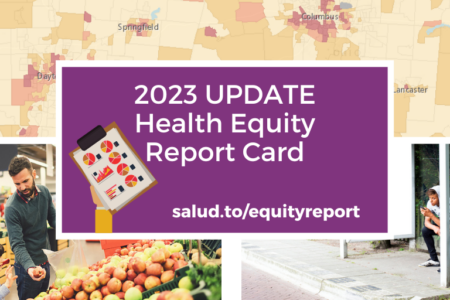
Share On Social!
During the 2016-17 school year, the number of homeless students in the New York City public school system rose again for the second year in a row. The increase, according to The New York Times, put the overall student population at a shocking milestone: one in every 10 public school students was homeless during the year.
These numbers translate into 111,500 students in New York City (28.92% Latino population) that were homeless the last academic year. This was a 6% increase over the 2015-2016 school year. Across New York state, 148,000 students overall were homeless which is 5% of the state’s public school population.
“After rising steadily for about five years, the number of homeless students reported to the state shot up in the 2015-16 school year, reaching nearly 100,000 children, and in the last school year the numbers crossed that threshold,” said the Times report. “The count this year is the highest since the state began keeping records.”
 The Physical & Mental Toll of Homelessness
The Physical & Mental Toll of Homelessness
Research from the American Psychological Association (APA) has found that, nationally, 97% of all homeless children have moved at least once a year and this frequently leads to disruptions in schooling and negative academic achievement.
The mental and physical toll that comes with struggling through homelessness – even in temporary situations – has extremely negative impacts on school-aged kids. Hunger, poor physical and/or mental health, and run the risk of falling behind their peers academically.
Stress that comes from the constant upheaval in the home lives of students – even those in temporary housing – follows them into school and impacts their academic success. Many homeless students both drop in and out of school multiple times a semester and many also frequently change schools over the course of a school year and an academic career.
In New York City, many children are placed in homeless shelters where there is availability and these are often very far from their original schools. This means they have to either transfer mid-semester or find a way to make long commutes on a daily basis. This causes many to be either frequently tardy or just miss many days all together.
“The data shows that for multiple years after a student becomes housed, they have increased rates of chronic absenteeism and decreased academic performance,” said Liz Cohen, Chief of Staff for the Institute for Children, Poverty, and Homelessness. “That experience stays with them.”
According to the New York City Independent Budget Office, 24% of permanently housed students were chronically absent in the 2015-16 school year; for homeless students, the number was 62%.
Read more about the importance of housing on health here:
- Affordable Housing Project Coming to San Francisco #SaludSupport http://salud.to/2hps9Ah
- Report: Many Latino College Students are Homeless, Hungry #SaludSupport http://salud.to/2yYuhc8
By The Numbers
142
Percent
Expected rise in Latino cancer cases in coming years



